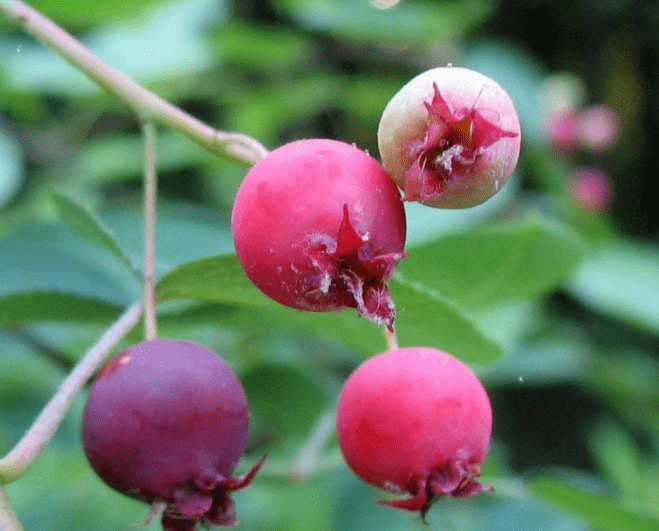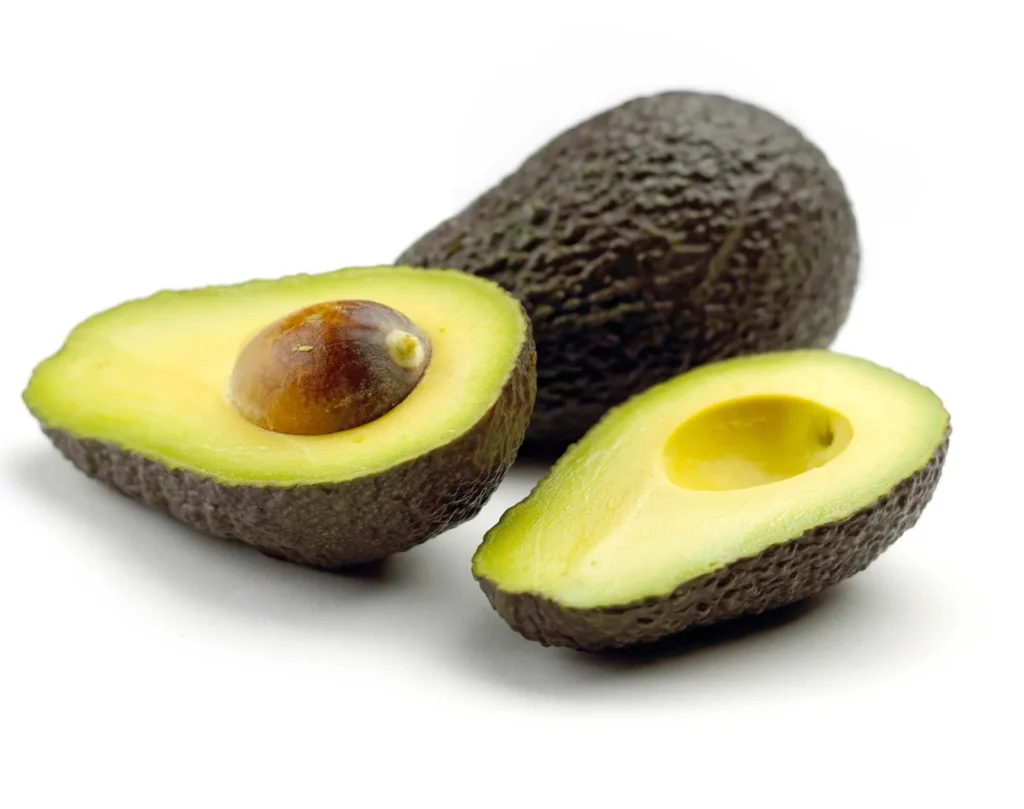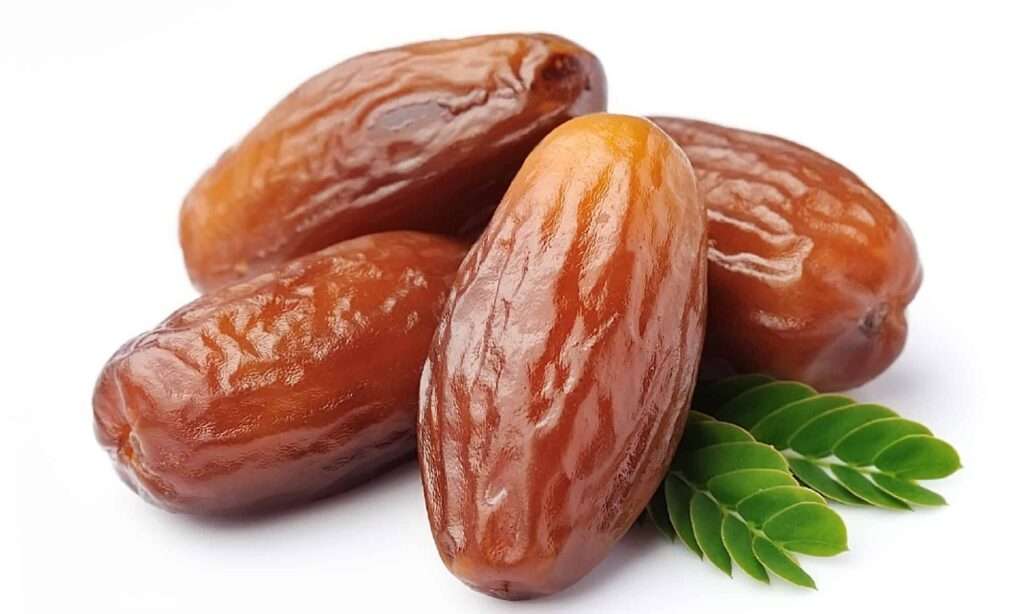
Description
The serviceberry’s spherical, round fruit matures from green to scarlet to blue. At one end of the berry, opposing its attachment to the plant, similar to a blueberry, there are star-shaped leftovers from the bloom. This branch is laden with several ripe fruits that are at various stages of maturity.
Varieties
Varieties includes:
Saskatoon serviceberry
Thicket shadbush
Amelanchier canadensis
Amelanchier laevis
Amelanchier sanguinea
Amelanchier × lamarckii
Amelanchier amabilis
Amelanchier x grandiflora ‘autumn brilliance
Amelanchier pallida

Uses
Fruit that is ripe can be consumed directly or used in pies, jams, and jellies. Excellent wildlife plants that are appealing to birds, animals, and pollinators.
Nutrition
The research has emphasized the significant health advantages of serviceberries, particularly their capacity to serve as an excellent source of minerals (such as potassium, manganese, iron, magnesium, calcium, and copper) and carotenoids (such as lutein).
Cultivation
Although it will withstand alkaline soils with a pH of 8.0, the ideal planting site is moist, well-drained sandy loam soil with a 5.5-7.0 pH. Although serviceberry can tolerate a variety of sun exposure conditions, including full sun and partial shade, full sun will result in larger fruit harvests.
Table





